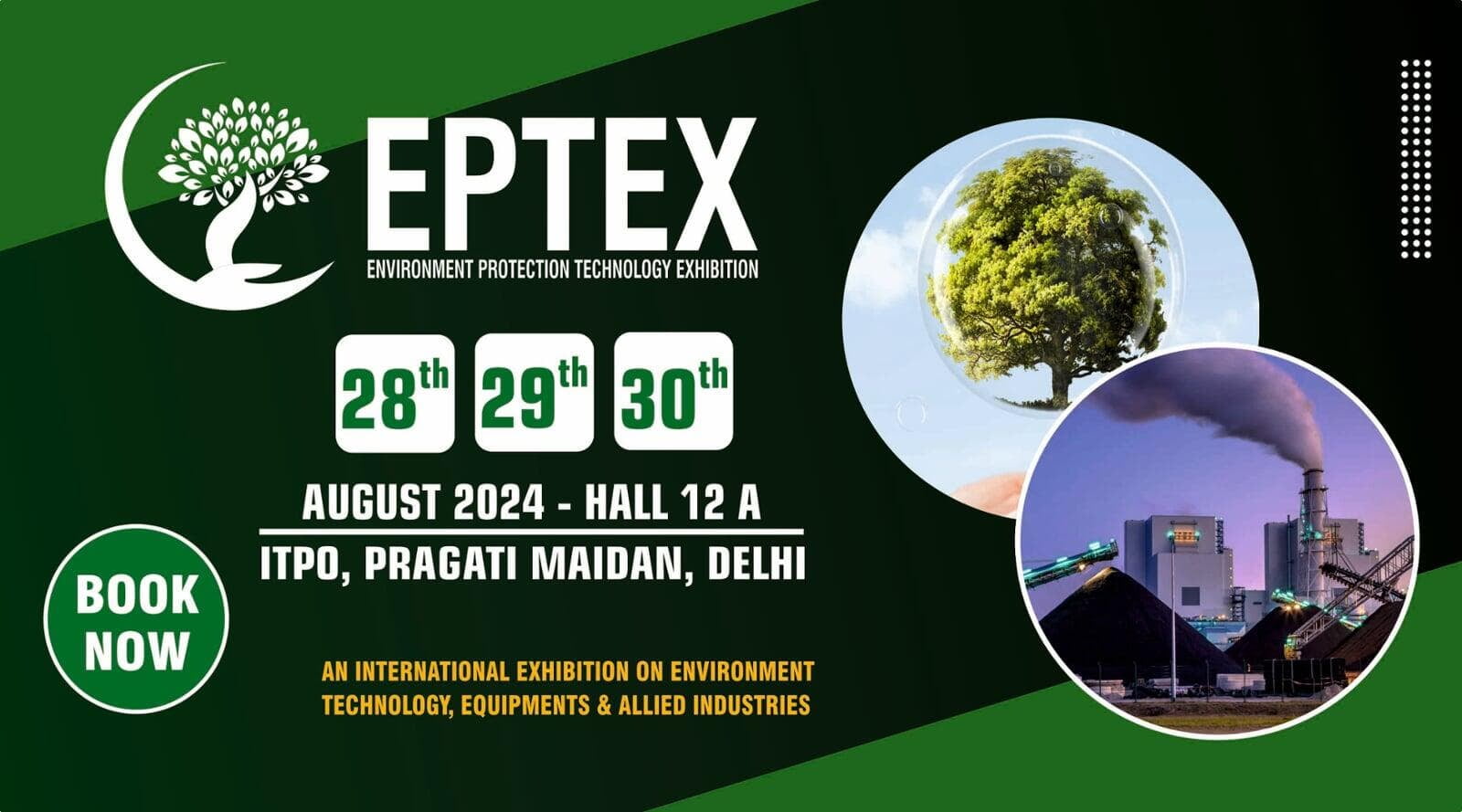In an era where environmental sustainability is paramount, the fusion of Artificial Intelligence (AI) and the Internet of Things (IoT) has emerged as a transformative force in environmental monitoring. These cutting-edge technologies are revolutionizing how we understand, manage, and mitigate environmental challenges. This blog delves into the pivotal role AI and IoT play in environmental monitoring, showcasing their potential to drive a more sustainable future.
Understanding AI and IoT
Understanding AI and IoT
Artificial Intelligence (AI) refers to the simulation of human intelligence in machines that are programmed to think, learn, and make decisions. AI encompasses various technologies, including machine learning, deep learning, and natural language processing, which enable machines to process and analyze vast amounts of data with unprecedented speed and accuracy.
The Internet of Things (IoT), on the other hand, involves the interconnection of physical devices through the internet, allowing them to collect, share, and analyse data. These devices, embedded with sensors and software, range from everyday household items to sophisticated industrial machinery.
AI and IoT Transform Environmental Monitoring
AI and IoT Transform Environmental Monitoring
Case Studies and Success Stories
Case Studies and Success Stories
Challenges and Future Directions
Challenges and Future Directions
While the integration of AI and IoT in environmental monitoring holds immense promise, it is not without challenges. Data privacy, cybersecurity, and the high cost of implementation are significant concerns. Additionally, there is a need for standardised protocols and regulations to ensure the effective and ethical use of these technologies.
Looking ahead, advancements in AI and IoT will continue to enhance environmental monitoring capabilities. The development of more sophisticated sensors, improved AI algorithms, and greater connectivity will drive further innovations. Collaboration between governments, industries, and research institutions will be crucial in harnessing the full potential of AI and IoT for environmental sustainability.
Conclusion
Conclusion
The synergy between AI and IoT is transforming environmental monitoring, providing unprecedented insights and enabling proactive measures to protect our planet. As we continue to innovate and refine these technologies, their role in fostering a sustainable future will only grow. By leveraging the power of AI and IoT, we can build a more resilient and environmentally conscious world for generations to come.



